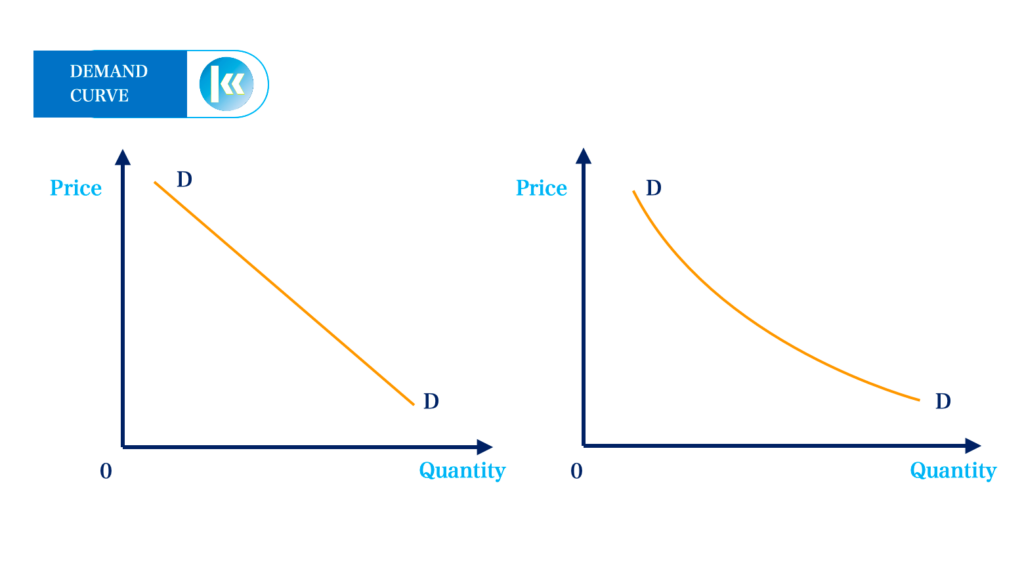Topic Content:
- Definition of Demand Curve
- Example of Demand Curve
- Calculating the Slope of a Demand Curve
What is a Demand Curve?
A demand curve is a graphic representation of the relationship between price and quantity. It indicates the different quantities of a commodity demanded at different prices.

You are viewing an excerpt of this Topic. Subscribe Now to get Full Access to ALL this Subject's Topics and Quizzes for this Term!
Click on the button "Subscribe Now" below for Full Access!
Subscribe Now
Note: If you have Already Subscribed and you are seeing this message, it means you are logged out. Please Log In using the Login Button Below to Carry on Studying!



Responses